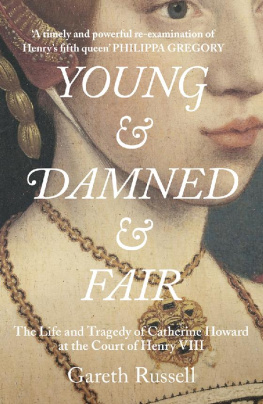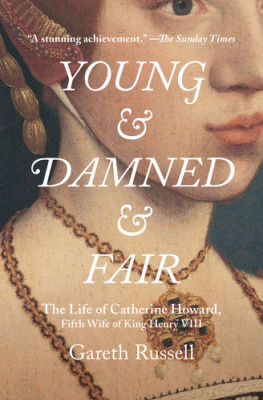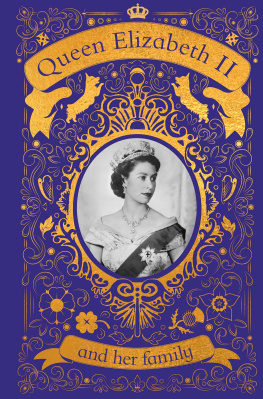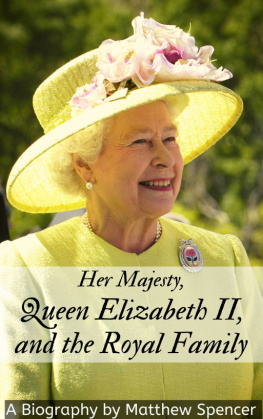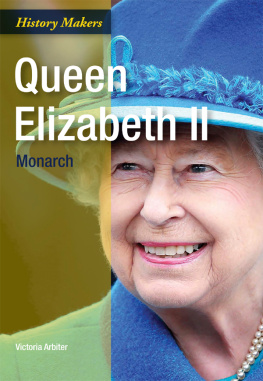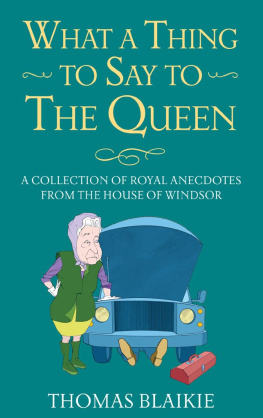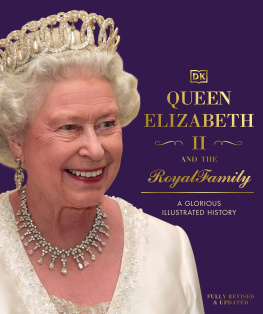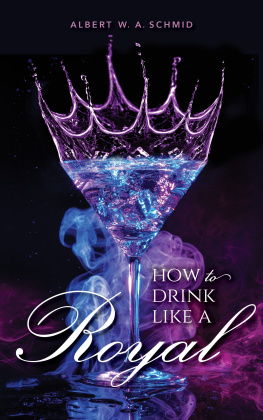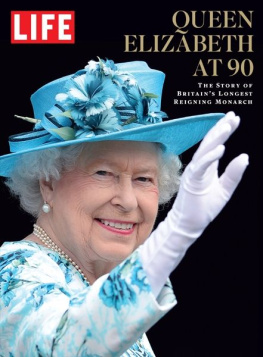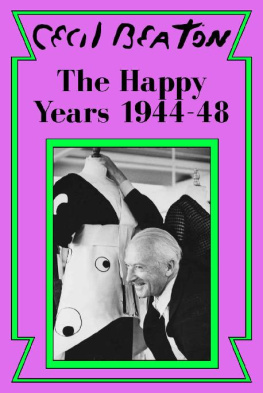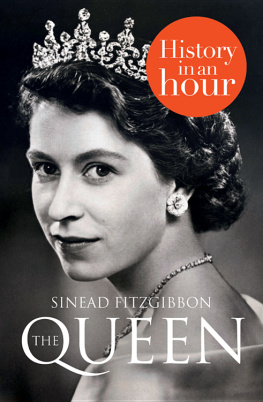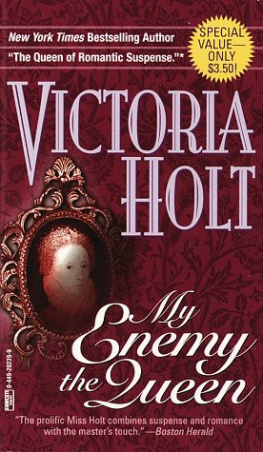Contents
Guide
Its the Queen Mother like youve never read before. Human, humorous, andhammered. Kinsey Schofield, host of To Di For Daily and author of R is for Revenge Dress
Do Lets Have Another Drink!
The Dry Wit and Fizzy Life of Queen Elizabeth the Queen Mother
Gareth Russell
For my mother
AUTHORS NOTE
Do Lets Have Another Drink! is the story of Elizabeth Bowes-Lyon told through 101 anecdotes: one, broadly speaking, for each year of her life. Having previously written a full-length life of one of Elizabeths particularly tragic predecessors as queen, I should point out that Do Lets Have Another Drink! is a different kind of biography and different, too, to other books I have written. Although it covers the entire length of Elizabeths life, it is not exhaustive; that has been done elsewhere and, for those keen to read more, I have included recommendations at the end.
I have aimed to tell Elizabeths life through anecdotes, short stories and punchlines. This is a skimming-stone biography, and a travel guide to a world that no longer exists. Stepping into the Queen Mothers rarefied universe, which continued to function like an Edwardian country house well into the 1990s, is a little like falling through the looking glass. Alongside many stories that made me laughshe had a fantastic sense of humourI encountered the occasional tear-jerker, particularly during her teenage years. I have done my level best to explore her enmities and feuds, particularly the truth about her behaviour towards Wallis Simpson, Nerissa Bowes-Lyon and Diana, Princess of Wales. To keep it of a digestible length, I try to explain, within the text, where the sources originate. Where that has not been feasible, I have included a brief set of footnotes. Each chapter focuses on a decade, beginning with an overview of what happened to Elizabeth in those years.
I hope this book helps preserve the memories of those who knew the Queen Mother later in her life. I am immensely grateful to those who shared their private recollections with me; Ive tried to maintain a conversationaloften very funny and partisantoneand if these are the kind of stories that can be told over dinner or drinks, Ill be pleased. Outside any quotations, all opinions are my own, as are any mistakes. It has been a hugely entertaining experience to write this book and I leave it with reluctance.
A note on Elizabeths titles
Monarchy and aristocracy can be a labyrinth of titles, many of them redefined over the centuries. Different countries also have their own traditions as to how they use titles.
From the British perspective, there are five kinds of queenregent, consort, regnant, dowager, mother. A queen regent is a kings wife or mother who is temporarily left in control of the government while he is abroad or ill, such as Queen Katherine Parr when her husband Henry VIII went off to war in 1544. A queen consort was Elizabeth Bowes-Lyons role from 1936 to 1952, when she was married to a reigning monarch, King George VI, and so held her title by right of marriage to the head of state. A queen regnant is a woman who has inherited the throne; like most reigning monarchs in British history, a queen regnants name is followed by a number if she is not the first of her name to be head of state. When George VI died in 1952, the crown passed to his eldest daughter, who became Elizabeth IInot to differentiate her from her mother Elizabeth but from Queen Elizabeth I, who ruled England, Ireland and Wales from 1558 to 1603. Since, historically, the title of a king has always been higher than that of a queen, the husband of a queen regnant is not referred to as a king, but as a prince or prince consort, hence Prince Philip and Elizabeth II.
When a queen consort becomes a widow, she becomes a dowager queen. If, however, the new monarch is the child of the dowager queen, she has the option to become the queen mother. The title of queen mother originated with the French monarchy from where it was imported to Britain in the seventeenth century by Charles Is wife, the French princess Henrietta Maria who, when widowed, went by the title of la Reine Mre or the Queen Mother during the reign of her son, Charles II. Outside of the Anglican prayer books, the title had not often been used in court etiquette since Henrietta Marias death in 1669, until it was revived for Elizabeth Bowes-Lyon in 1952.
I East or West, Home is Best (19001910)
When Elizabeth Angela Marguerite Bowes-Lyon was born in the summer of 1900, Queen Victoria was the British monarch. Elizabeths childhood would be one of wealth, comfort and love, as the youngest daughter in a large family of the Scottish aristocracy. Her first memory was of sitting on her grandfathers knee at the castle of Glamis (pronounced Glams) on the east coast of Scotland. She was four years old when her grandfather died and his earldomand three homespassed to his eldest son Claude, Elizabeths father and the possessor of a truly fantastic moustache. Claude was also a superb cricketeer, who liked to maintain his skills out of season through unorthodox means such as bowling Christmas puddings down the Dining Room table to his English wife, Nina Cecelia Cavendish-Bentinck, a great-granddaughter of a former British Prime Minister. Had women been permitted to inherit the dukedom, Cecilia would have become the Duchess of Portland. Instead, the title passed to a cousin, who walked her up the aisle at her wedding to Claude in 1881. Cecilia could not have known that her youngest daughter would one day become a duchess with the added sparkle of an HRH.
Elizabeth did not seem to mourn her mothers lack of ducal status. She took great pride instead in the fact that her father became the fourteenth successive member of their family to hold the title Earlof Strathmore and Kinghornesince it was bestowed upon them by King James VI in 1606; indeed, there were stories tying their clan to the castle of Glamis since the adventures of their medieval ancestor, Sir John Lyon, who received it in the 1300s from his father-in-law, King Robert II. From 1606, the earldoms heir has carried the title Lord Glamis.
Set in 65,000 acres of land, many-turreted Glamis was described in Elizabeths lifetime as a castle not of this world, but a castle of ghosts, and Queens, reaching to the stars. The air of ethereal unreality impresses one instantly. It had once belonged to Macbeth, a Scottish king who ruled from 1040 to 1057, and it became the setting for Macbeths assassination of his cousin, guest and monarch, King Duncan, when Shakespeare wrote his play centuries later. In truth, Duncan was almost certainly killed in battle nearby.
There had been plenty of kings, queens, pretenders and rebels at Glamis in the centuries between Macbeth and Elizabeth Bowes-Lyon, who liked to amuse herself by recreating scenes from the castles dramatic past. These included dousing her youngest brother with a pot of cold water from the ramparts, pretending it was boiling oil and her little brother a medieval knight besieging Glamis.
Glamiss traditions were maintained by the Bowes-Lyons. They extended to the absence of electricity until 1929, the wearing of lace caps by the women during daily chapel services and Cecilias ordering of bespoke seventeenth-century outfits for Elizabeth and her youngest brother. To their youthful chagrin, the pair were taught the minuet; they were encouraged to perform, in costume, this stately seventeenth-century dance before dinner parties for the endless stream of guests who came to shoot, hunt and socialise. One visitor thought that, as their mother accompanied the children on the piano, it was as if a Velzquez or Van Dyck painting had come to life. Another wrote of Glamis as a place where there was no aloofness anywhere, no formality except the beautiful old custom of having two pipers marching round the table at the close of dinner, followed by a momentary silence as the sound of their bagpipes died away gradually in the distance of the castle. It was all so friendly and so kind. The Bowes-Lyons staff was headed by the butler, Arthur Barson, whom a young Lady Elizabeth introduced with, Nothing would go on without himhe keeps everything going! Barsons fondness for a tipple, or three, of wine and whisky did not count against him, nor did the occasional liquor-induced whoops when he spilled food on the family or their guests.


